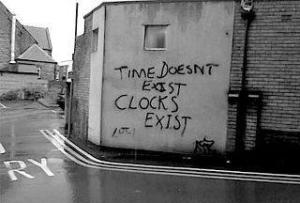
In the “Teaching STS” collection, we’ve discussed teaching lessons (with some resources) about the social construction of time a number of times related to whether or not time exists at all (with research from the Max Planck Institute), reflections on the notion of aberrant time such as “leap seconds” (students are bothered by this one), and, even though when we write about the olympics, it is usually about derelict stadiums, it occurs to me that when the atomic clock was adopted and the length of the second transformed, “timing” at the Olympic games might have been an interesting topic to think about for students who imagine that the length of the second back in 1936 should be identical to the length of the second that Michael Phelps was swimming in 2008 (in Beijing).
Source: Teaching STS: Construction of Time and Daylight Savings
Pingback: Teaching STS: Construction of Time and Daylight Savings | deer hunting
In the cotapiclmed world we live in, it’s good to find simple solutions.
LikeLike
Damn, I wish I could think of sohnimteg smart like that!
LikeLike
he’s a sharp guy, making the connections between tracing existing systems and the need for experiments in counter-systems with an emphasis on effects and testing.
https://www.youtube.com/user/egsvideo/search?query=holmes
LikeLike
nice link — there is a lot of literature in sociology, for example, about the links between capitalism and the artworld, much of which implicates that elites are, well, so elite that art markets are not particularly affected (read: strained) by ups and downs in the market because the wealthy do well in a good market and often better in a worse market. Cool to see such a different take on that link …
On Wed, Mar 8, 2017 at 11:01 PM, Installing (Social) Order wrote:
>
LikeLike
https://vimeo.com/26159244
LikeLike